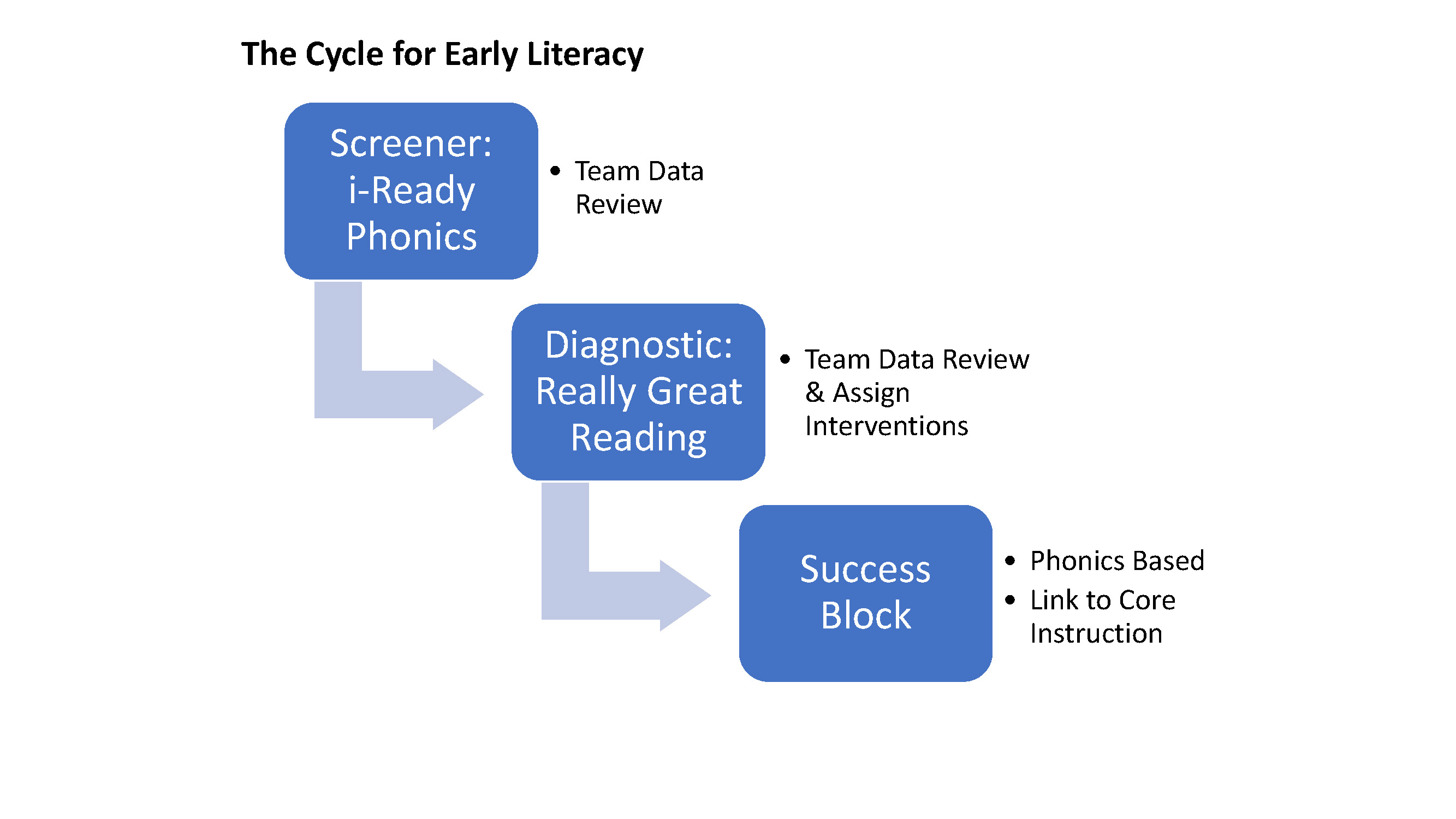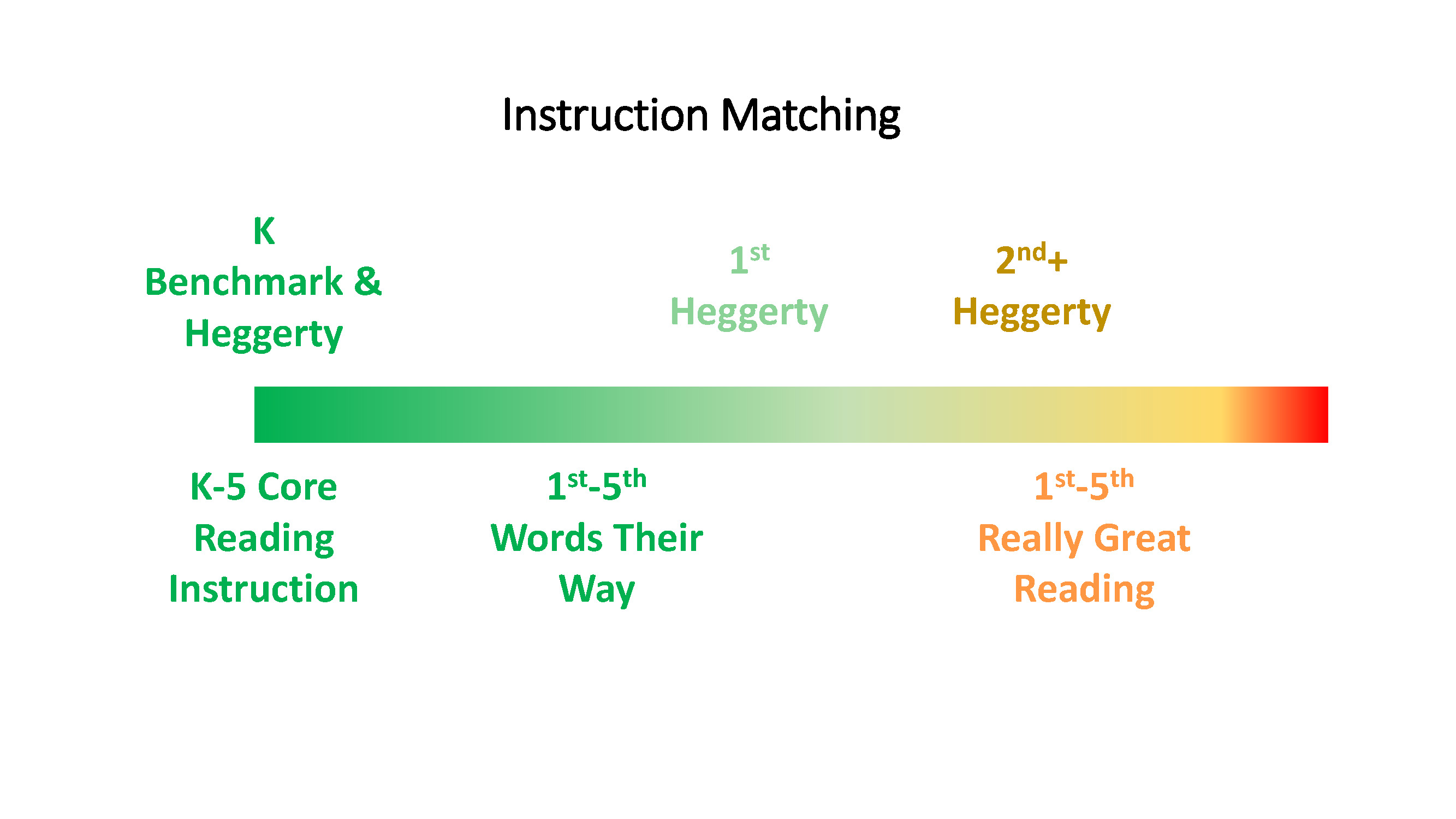
4 minute read
What is MTSS in General?
The Issaquah School District Multi-Tiered Systems of Support (MTSS) visual framework illustrates the model of proactive, tiered supports for students and reaches many areas of the ongoing work in the Issaquah School District. This set of supports is continually changing and improving to promote the Social-Emotional well-being of students while proactively responding to needs in the areas of Behavior and Academics.

MTSS is a proactive framework to improve outcomes for each and every student through a comprehensive continuum of evidence-based supports for academic and social/emotional learning. The goal is to provide equitable opportunities at the individual, classroom, school, and district levels.
MTSS employs a team-driven, data-based, problemsolving approach. Components include early interventions, a comprehensive assessment system, and common assurances around the highest leverage instructional, intervention, and assessment practices.
*Delivering the supports in this visual is a lot like slicing into a cake: you get the top layer and also the layers beneath. Higher tier MTSS supports are IN ADDITION to high-quality Tier 1, not a replacement.
Multi-tiered supports are both layers of support and a continuum of support. It is not only one location or program but includes daily classroom-based supports and interventions.
• Layers: All students receive Tier 1 or Universal Instruction. In addition, students with skill or knowledge gaps receive additional support, instruction, and/or intervention.
• Continuum: Sometimes, the way to layer supports is through the intensity of instruction. For example, ALL students get small group instruction, and SOME get more or longer small group sessions because they need more support at that time.

How does MTSS address systemic inequity?
MTSS is about screening ALL students and using data to diagnose needs (behavioral, social-emotional, and academic). Then, using that data, we give those students matching classroom support.
It creates a system where schools implement and analyze common academic and behavioral data at set times throughout the year. This data is then used to intervene thoughtfully and efficiently with students. With the foundation of MTSS being data-driven and time-bound, it helps remove barriers that are often associated with inequities and opportunity gaps. These barriers include an over-reliance on anecdotal evidence, a lack of intervention matching, a lack of early intervention, and struggling students having to access help outside of the school day.
The District believes that if we are to acknowledge that systemic inequities exist in our world and our education system, this can lead to an achievement gap for certain groups of learners. If we can address that gap with early interventions, we can see student needs before they are compounded over time. If we intervene early enough, we can stop the achievement gap from becoming inescapably deep for the student to climb out of.
What Are Multi-Tiered Systems of Support for Elementary Literacy?
To improve Kindergarten – 2nd graders’ early literacy, the Issaquah School District also uses the MTSS system to meet the goal of fluently decoding text in the primary grade levels (Kindergarten to 2nd Grade). The District uses multiple sources of information to identify the group of students who need extra support. The sources include:
• Running Records and observations. This includes what the teacher AND the parent notice in the daily performance of the student.
• Curriculum-based and calibrated progress monitoring assessments that measure how students respond to or internalize instruction on specific skills.
• Validated assessments (i-Ready) provide an external benchmark to determine if students are transferring their skills beyond the curriculum and are able to apply skills to standards-based tasks.

Based on the above sources, the District creates a cycle for Early Literacy MTSS review. In Kindergarten – 2nd Grade, each cycle will assess students using i-Ready to measure progress and determine how best to differentiate reading instruction to meet students’ needs in learning decoding or foundational reading goals. Then, the District uses the new Reading Foundational Skills curriculum to differentiate instruction for students based on their learning needs. This is called Instruction Matching. The cycle will be repeated in September, January, and April.

To learn more about ISD MTSS system, visit: https:// www.isd411.org/programs-services/mtss.
To learn more about the i-Ready test and its scoring system, visit: https://www.isd411.org/academics/testing/ elementary-district-assessments/iready/i-ready-familyassessment-report.










